People from Quang Nam province are accustomed to eating Cao Lau, which is regarded as a specialty of Hoi An. In addition to being renowned for its delectable flavor, Cao Lau is regarded as the culture and culinary pride of the people of the Land of Quang. So let’s find out more about Cao Lau.
Contents
STORY OF CAO LAU
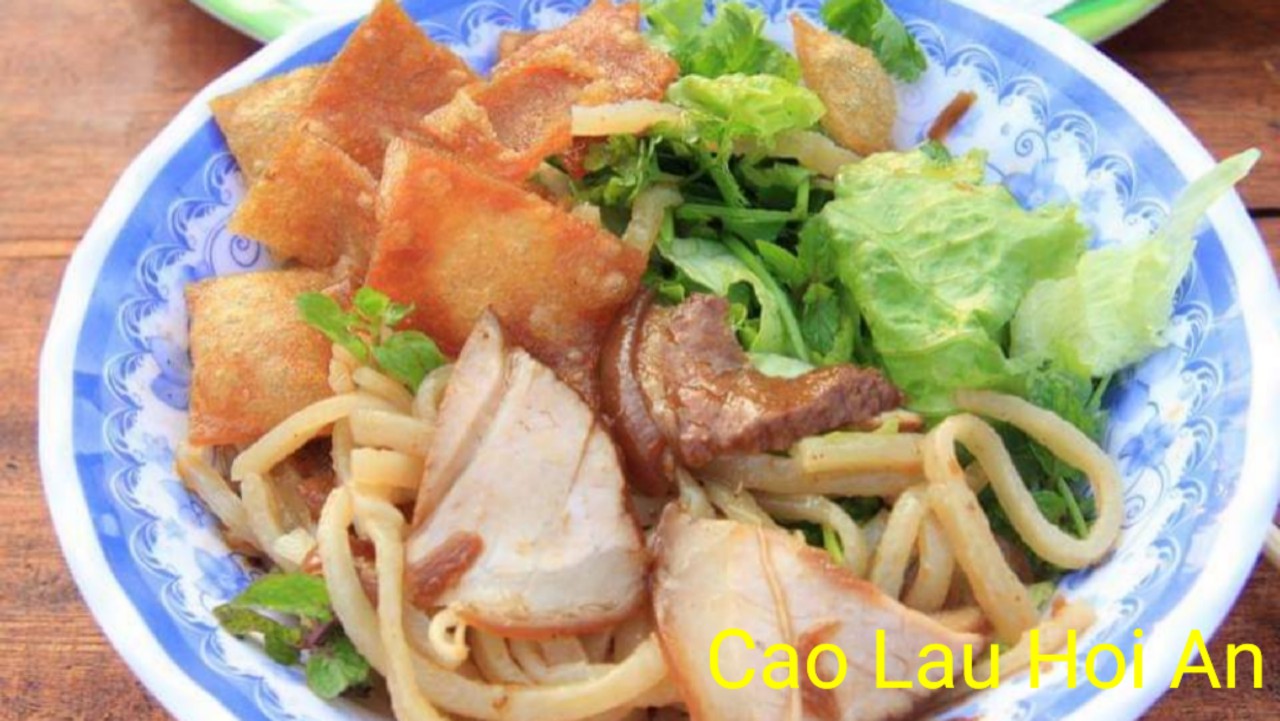
In the 16th, 17th centuries, Hoi An was the trading port of Vietnam. Therefore, many Chinese traders sailed down to Hoi An for trade with the local people. So, Cao Lau was first appeared in written records in the 17th century. At this time, Chinese and Japanese traders frequently visited Hoi An harbor and settled their influences in this tour. Because of that, they carried their own culinary traditions with them, which over time helped to foster the development of Cao Lau, a cuisine that can be viewed as a fusion of Chinese and Japanese cuisine.
Additionally, the Cao Lau meal has been altered over time to make it more appealing for Vietnamese people, and as a result, it has come to be associated with the Central region, especially Hoi An city.
And because at this time, most of ancient houses in Hoi An were built with 2 storeys so on the top floor, a wonderful food is served under the term “Cao Lau.” In other words, from the top level, you may eat this special dish while admiring the entire picturesque sight of Hoi An old town.
12 STEPS TO MAKE CAOLAU?
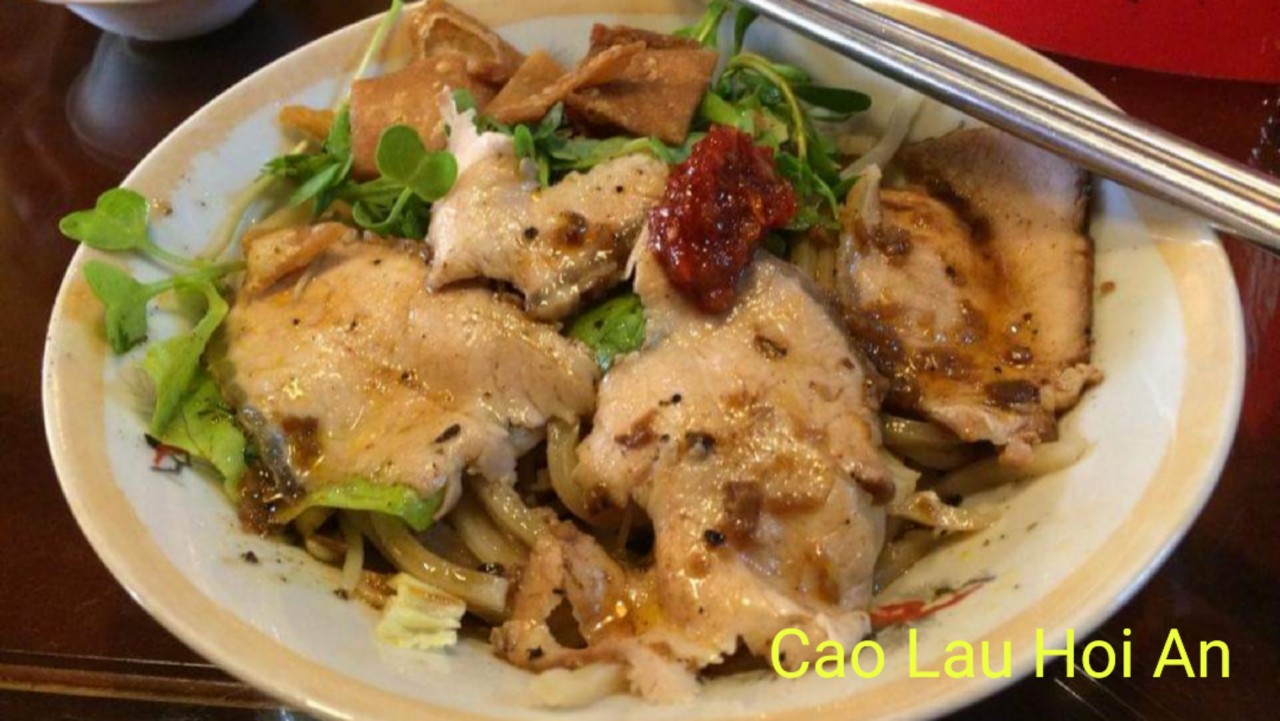
Step 1: Clean rice is washed (the rice used to make Cao Lau must be rice made from the Suyet rice variety).
Step 2: To soften the rice grains after washing, people soak the rice in water for a couple of hours.
Step 3: The rice will be ground into a mixture of rice flour and water after it has been soaked.
Step 4: After having water rice flour, they will obtain the flour.
Step 5: The sorghum powder is added to a sizable pan and thoroughly mixed before cooking on a wood stove.
Step 6: The ash and sugar water are combined before obtaining the clear water above.
Step 7: When the flour in the stovetop pan is nearly thick, add the ash water combination and stir until a thick powder mixture forms; then remove from the heat.
Step 8. Place the dough on the bowl and steam for approximately one hour.
Step 9: The flour is added to the beater after heating.
Step 10: Roll the mixture into pieces using the machine.
Step 11: The next step in creating Cao Lau fiber is to coat each piece of Cao Lau in cooking oil before running it through the machine to separate it into strands.
Step 12: In order to produce the end item, steam the Cao Lau fiber.
CAO LAU AND QUANG NOODLES: WHAT IS THE DIFFERENCE?
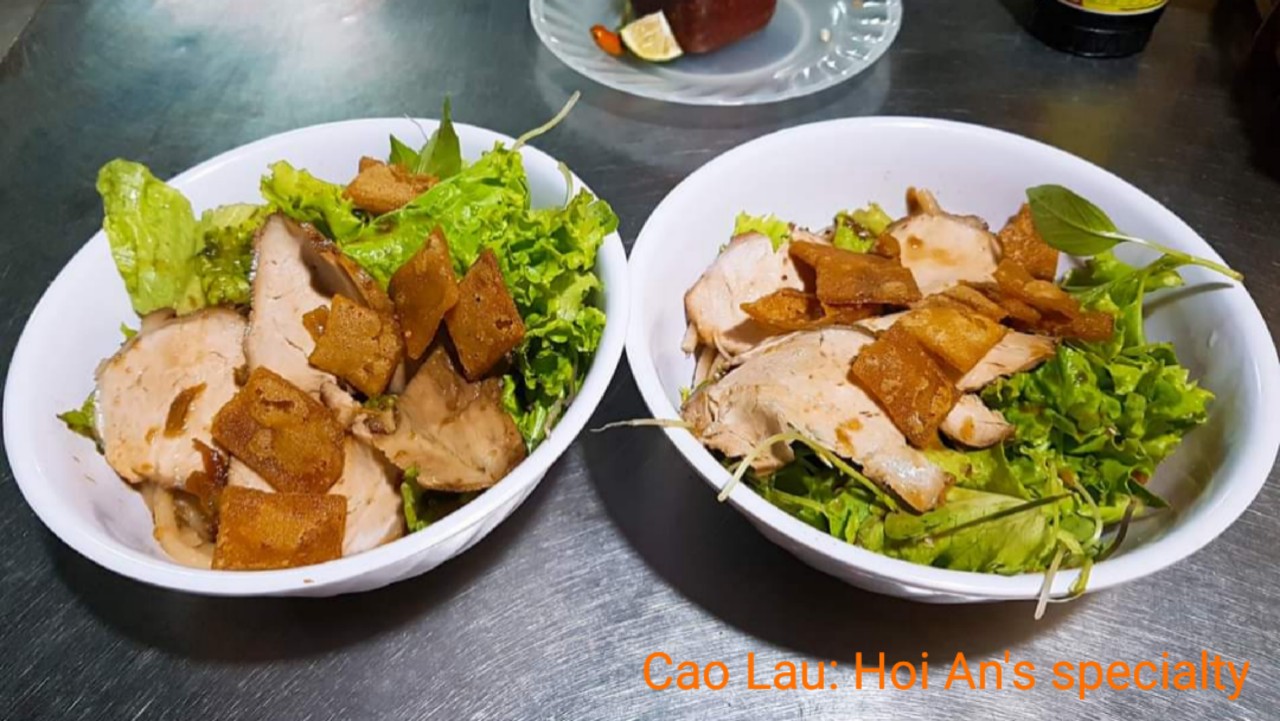
WAYS OF MAKING:
CAO LAU:
Compared to how Quang’s noodles are made, Cao Lau’s method of making noodles is more difficult and complex. To give the noodles their distinctive crispy and dry texture, individuals will specifically soak rice in ash water (this ash water must be made from the ashes of a tree in Cu Lao Cham).
They will next meticulously filter it and grind it into a powder, using water from the Ba Le well for the rice-grinding process. The flour mixture was then continuously filtered through a cloth to make it dry and malleable before being rolled into bits and cut into strands.
To manufacture Cao Lau noodles, it is ultimately given many steamings and dried. Cao Lau noodles produce a rougher and tougher feeling than Quang noodles and frequently have a slightly thick, dark color.
QUANG NOODLES
Making Quang Noodles is that all you need is a stone mill to crush the flour. After the rice has been ground into a water-powder consistency, individuals “coat” the noodles in a kettle of boiling water. Noodle leaves are used to cover the fabric in a manner similar to that of manufacturing rice paper, but because they are thicker than rice paper, they must first be chopped into threads with a knife.
BROTH TO USE
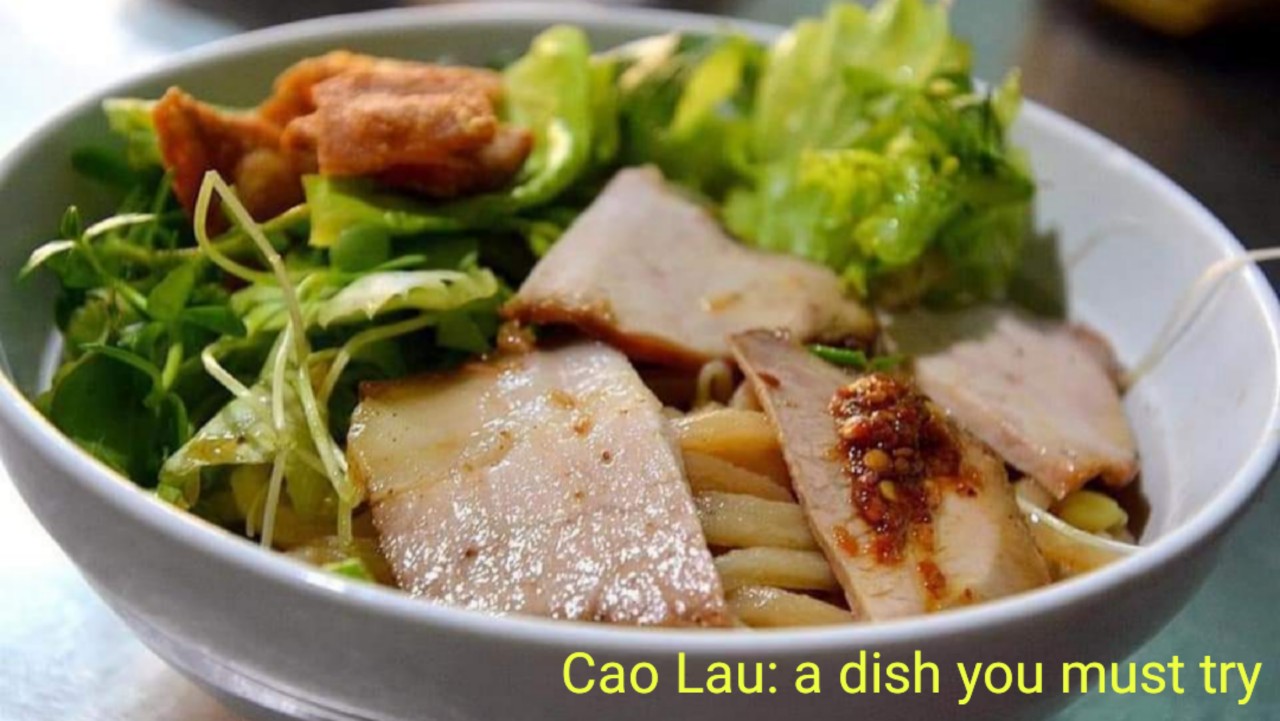
CAO LAU:
While, the broth of Cao Lau is somewhat thicker, in addition to using bone broth, there is also the appearance of char siu meat, so it has a stronger flavor.
QUANG NOODLES
Usually the broth of Quang noodles is quite clear and has the characteristic aroma of stewed pork or chicken bones.
FILLINGS OF CAO LAU & QUANG NOODLES
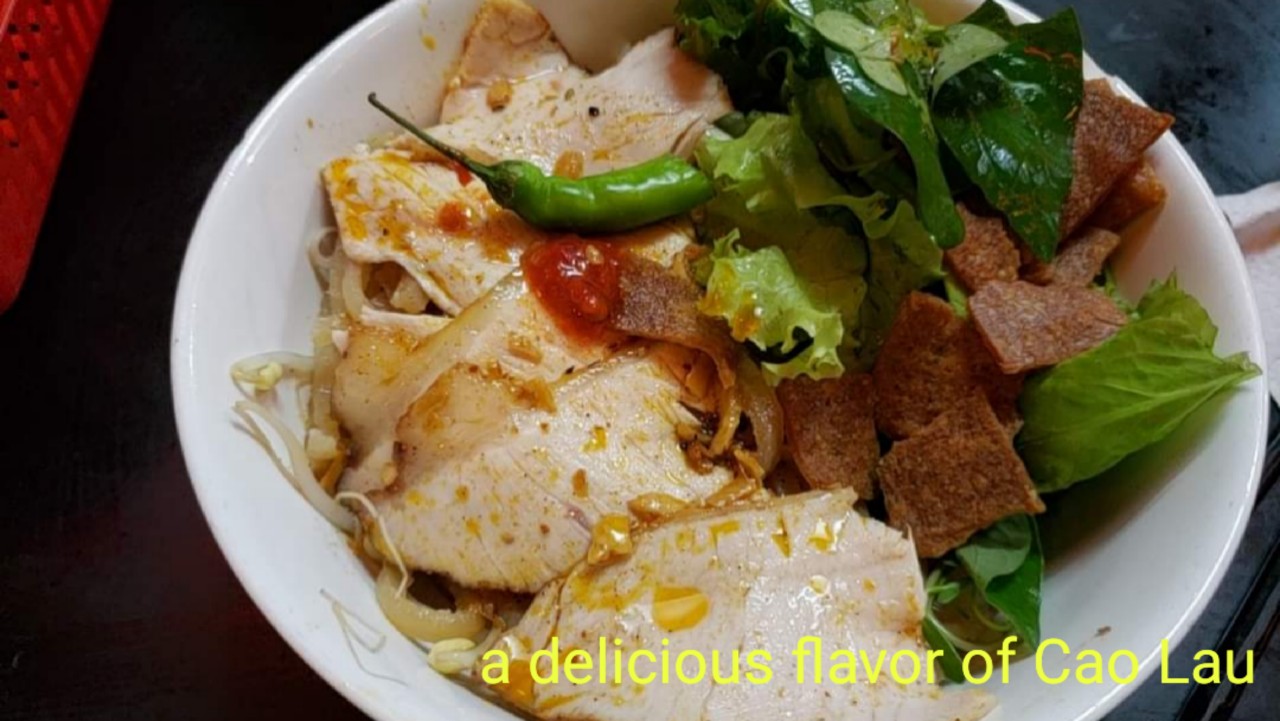
CAO LAU
Cao Lau is served with sesame rice cakes that can be baked or fried, along with some fillings such Quang noodles. Char Siu Meat is the major ingredient in Cao Lau.
QUANG NOODLES
Conversely, Quang noodles are typically made with pork, poultry, shrimp, and quail eggs (or chicken eggs). When consuming Quang noodles with duck, frog, or fish, some individuals even make modifications. Rice paper with white or black sesame is a form of baked rice paper that is used with Quang noodles.
BEST RESTAURANTS TO EAT CAO LAU IN HOI AN?
CAO LAU THANH HOI AN
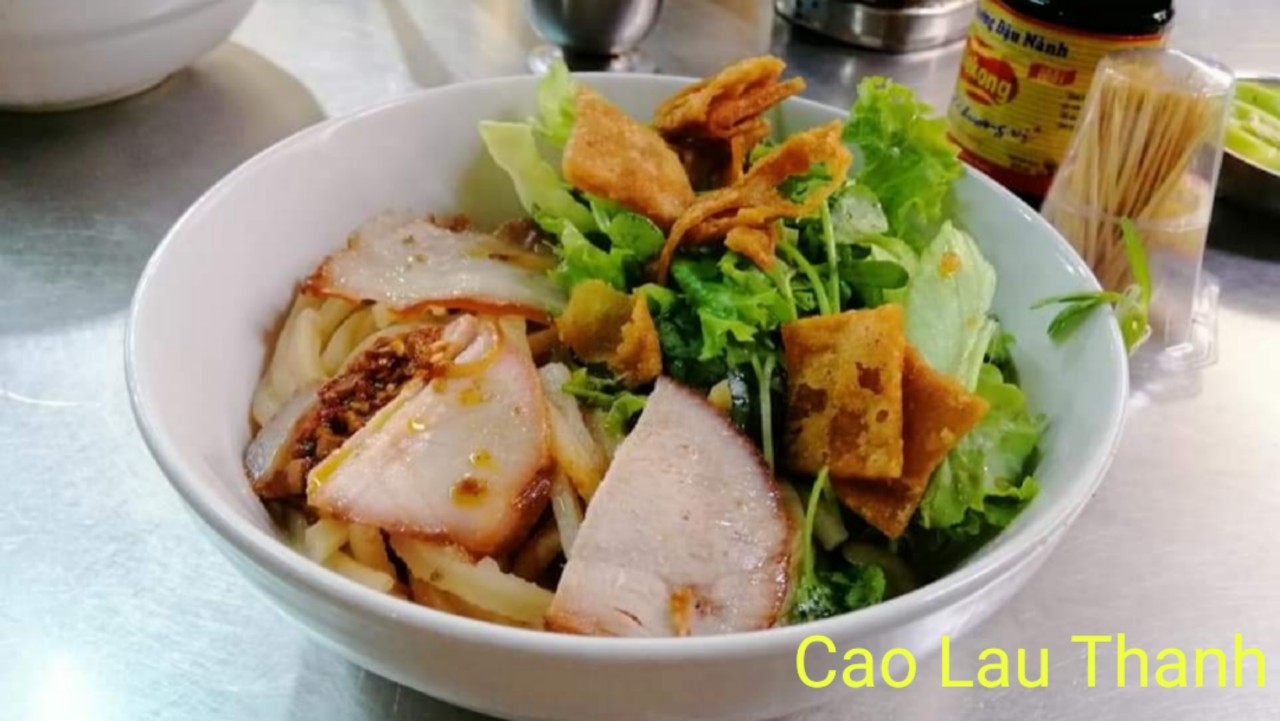
OVERVIEW
The store owner prepare it by placing the bean sprouts and Cao Lau in a bowl, adding char siu beef, raw veggies, broth, and Hoi An chili sauce, and then adding deep-fried pieces of Cao Lau.
This spot is very popular in Hoi An, especially for the local people. It is usually busy on the weekends.
ADDRESS
26 Thai Phien street, Hoi An city
CAO LAU PHO HOI
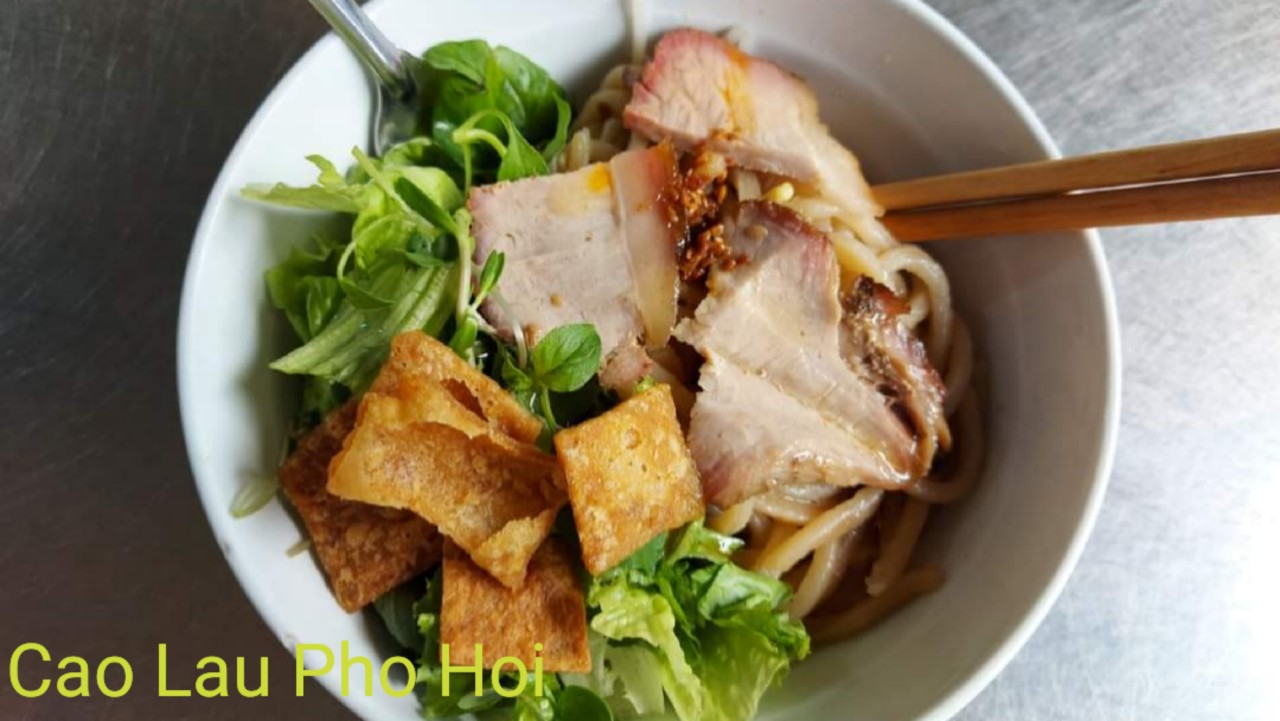
OVERVIEW
This place has been here for more than 20 years. To have the best Cao Lau, Char siu pork, shrimp, fried Cao Lau pieces, and raw Tra Que vegetables will all be included in the Cao Lau bowl.
ADDRESS
7 Tran Quoc Toan street, Hoi An city.
CAO LAU BA LE
OVERVIEW
The pork is delicate, thinly sliced, but yet extremely plump and full of spices, and the sauce is just right to consume, making this bowl of Cao Lau Ba Le famous for its taste and richness.
ADDRESS
45/3 Tran Hung Dao street, Hoi An city
MY QUANG CAO LAU ONG HAI
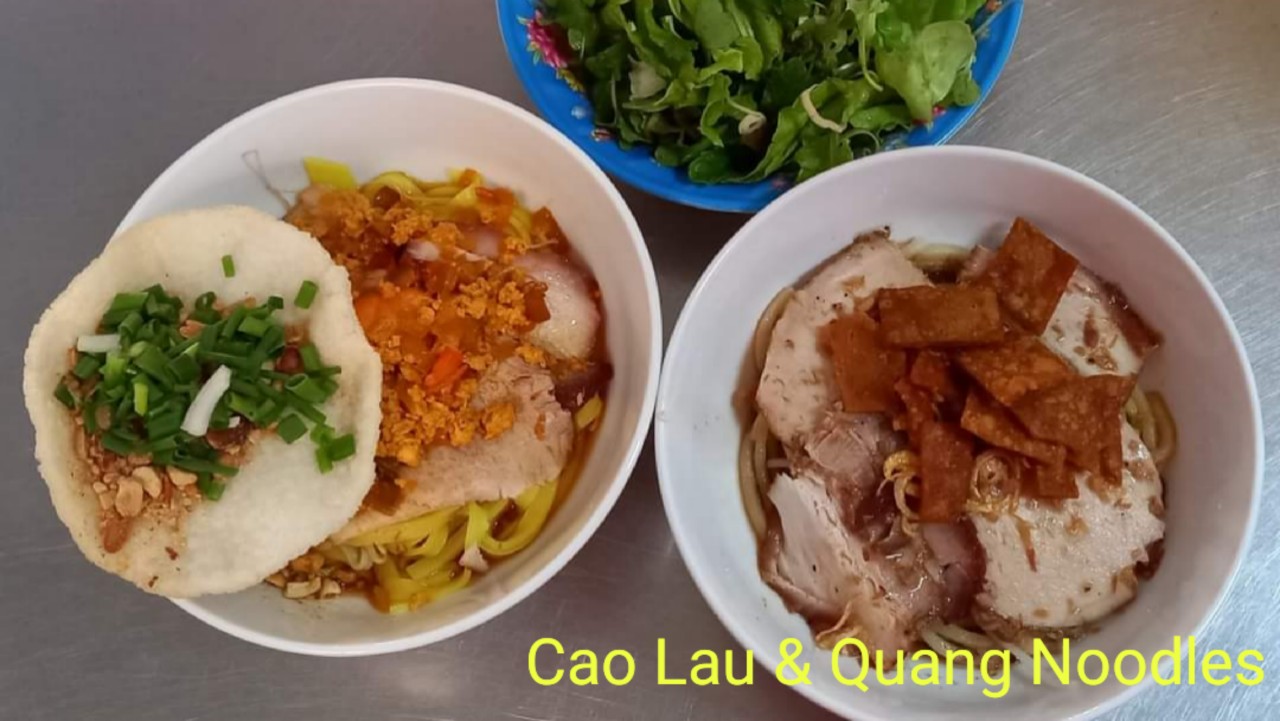
OVERVIEW
The restaurant exclusively serves Quang noodles and Cao Lau, and while it is small, it is clean and well-kept. Many tourists consider it to be Vietnam’s best noodle dish. We’re referring to the Quang Ong Hai noodle shop, where both residents and visitors go to eat delicious Quang and Cao Lau noodles.
ADDRESS
6A Truong Minh Luong street, Hoi An city
TRAVEL AGENT TO ORGANIZE HOI AN STREET FOOD TOUR?
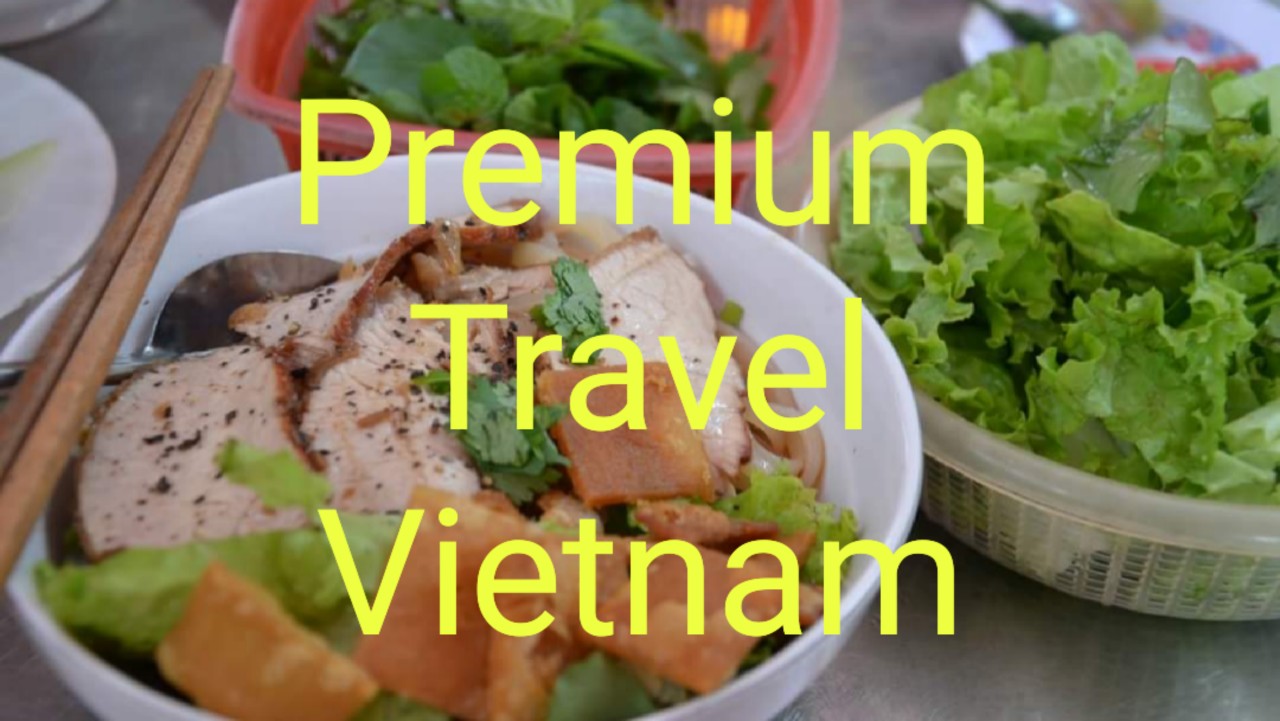
So, Hoi An is the paradise for Street Food in Vietnam. Therefore, if you come to Hoi An ancient town and would like to find the travel agent for Hoi An Street Food Tour, do not hesitate to contact us:
Premium Travel Vietnam Co., Ltd
100 Tran Van Du street, Ngu Hanh Son district, Da Nang city
Website: https://premiumtravelvietnam.vn/
Email: premiumvietnamtravel@gmail.com
Whatsapp/Viber at 0084 979613777
